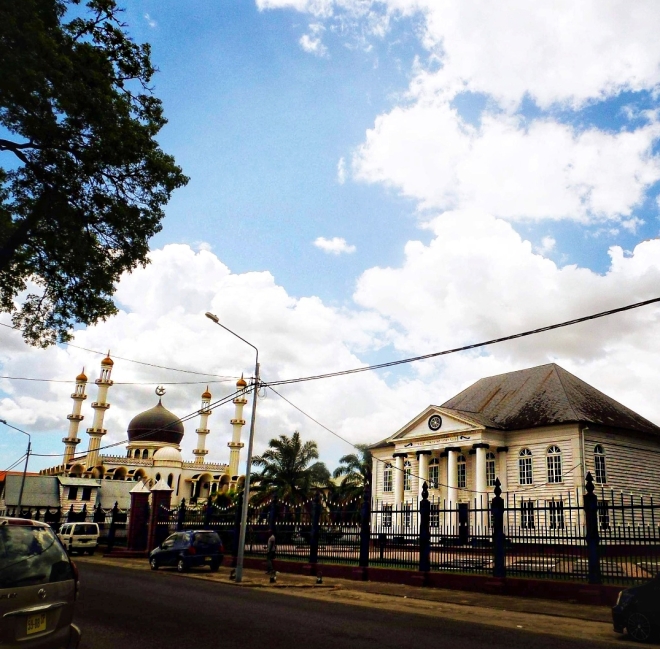 Cuba is slowly sliding to the West, on a holiday to Cuba you’ll see how Havana still lives in the past. It’s a place of rusting Cadillacs, fruit carts, Sovietesque monuments to revolutionary heroes, and locals chatting on the seafront wall. There’s a Cuba beyond the capital, too: valleys of tobacco fields and limestone outcrops. The sleepy, white-sand islets of the northern cayes. And music — the country’s lifeblood. Everywhere pulses with salsa and son.
Cuba is slowly sliding to the West, on a holiday to Cuba you’ll see how Havana still lives in the past. It’s a place of rusting Cadillacs, fruit carts, Sovietesque monuments to revolutionary heroes, and locals chatting on the seafront wall. There’s a Cuba beyond the capital, too: valleys of tobacco fields and limestone outcrops. The sleepy, white-sand islets of the northern cayes. And music — the country’s lifeblood. Everywhere pulses with salsa and son.
BEST TIME TO VISIT
Cuba has a warm tropical climate with two distinct seasons. The best time to visit is from December to May, when you can expect dry, sunny days and plenty of blue skies. The wet season begins in June and, previously, visitors to Cuba would have avoided travel entirely between August and October, when there is also a risk of hurricanes. However, as interest in visiting Cuba has increased, the subsequent pressure on hotel availability means many are now prepared to run the risk of unpredictable weather to see the country sooner rather than later, and visiting in low season will still be an atmospheric experience.
What to Pack
Things to do and see
Food and drink
Dining in Cuba is an experience that is enjoyed for the atmosphere and ambience, not for the quality of the food. This is due to food shortages and the restrictions on private enterprise. Most of the restaurants in the country are state owned and offer wholesome but not gastronomic cuisine. Dining in a ‘Paladar’ is a much more entertaining experience. Paladares are small, private, family run restaurants often found in a family home, giving them a unique atmosphere. The cooks at Paladares are usually more imaginative with the food available and the best meal you have in Cuba will often be in a Paladar. Vegetarians are not well catered for in Cuba as vegetables are often cooked in fat.
How to Get Around
VISA
UK passport holders require a Cuban Tourist card to visit Cuba: we can arrange this on your behalf. As well as being a fantastic country to visit in its own right Cuba can very easily be combined with Costa Rica or Mexico.
Language
Cuba’s official language is Spanish. English is only widely spoken within the tourist industry so having a few choice phrases of Spanish is always useful, especially in more rural areas.
money and expense
Cuba has a dual currency, the Cuban Peso (CUP) and the Cuban Convertible Peso (CUC) which was introduced to offer an alternative to the US dollar. Some places only accept Cuban pesos and others only Convertible Pesos (usually tourist related establishments). Since 2004 US Dollars are no longer accepted, and an 18% commission is charged to exchange them, so you are better off taking Euros and Sterling to exchange for Cuban Convertibles. You can find ATMS in the main cities such as Trinidad and Havana but outside of these it can be difficult and even here they often do not function.
Tipping
Tipping customs have recently changed and now it is recommended that tourists tip a small amount, not necessarily a percentage. At times taxi drivers, hotel porters, waiters and ubiquitous musicians will expect (or even demand) a tip. Most Cubans earn an average of £13 to £15 a month so it is no surprise that many Cubans have turned to tourism as a good tip can easily triple their salaries. However many Cuban’s, especially in more rural areas, are proud people and offering a tip to someone giving you directions or inviting you into their homes for a coffee can be an insult.
Social etiquette
Please ask permission before taking photographs.
Adaptor
WIFI
Time Zone
UTC -05:00
